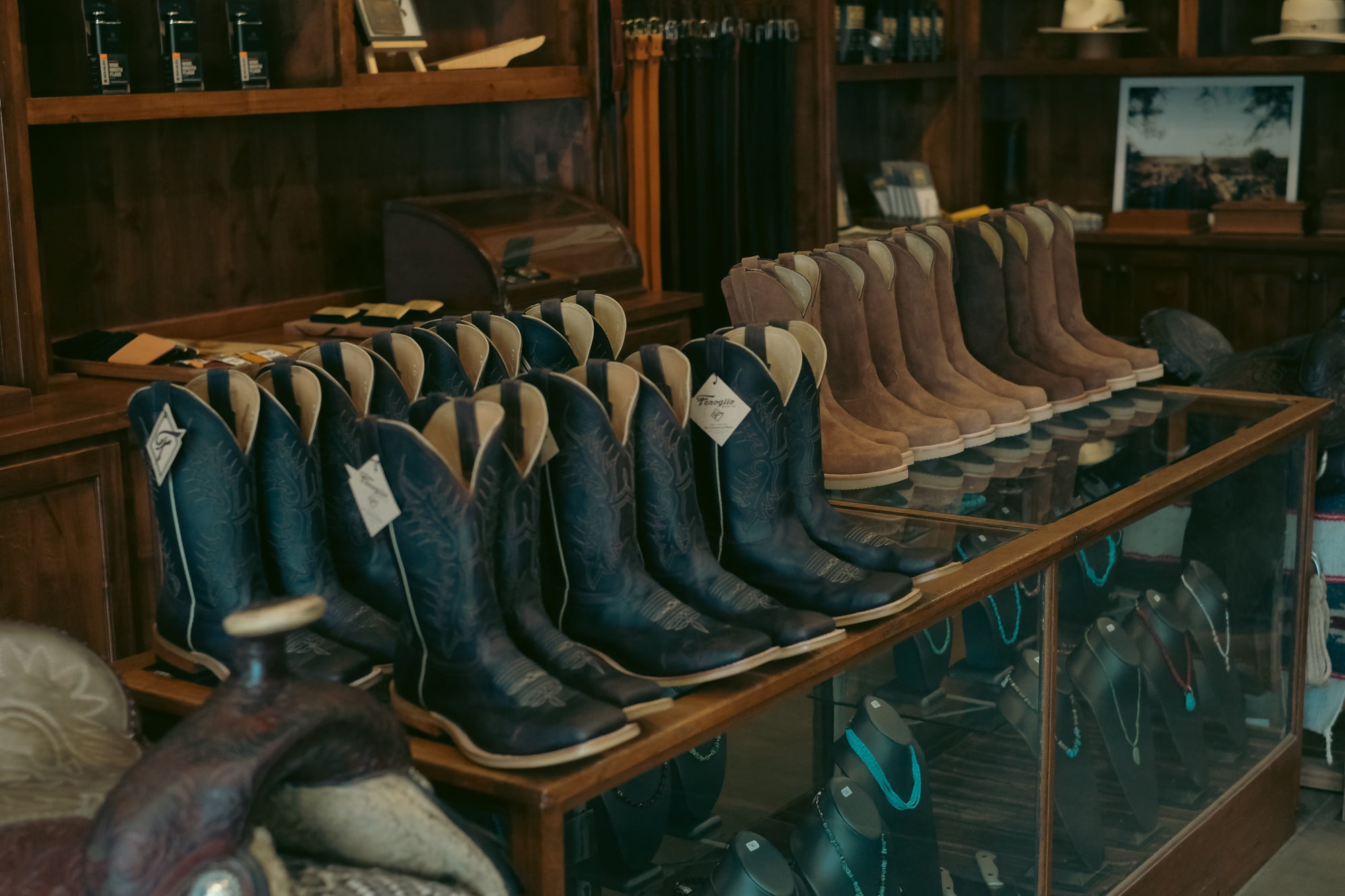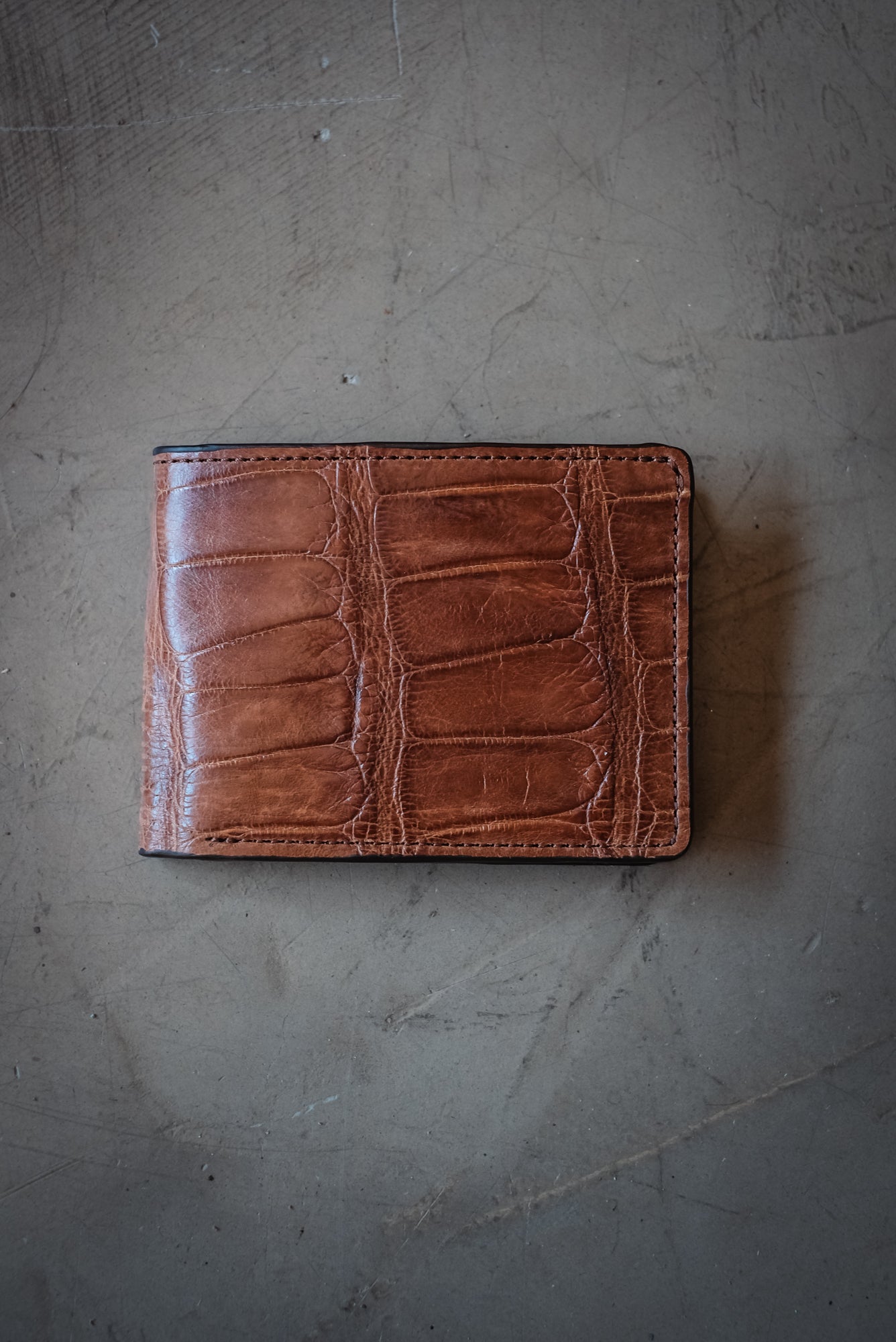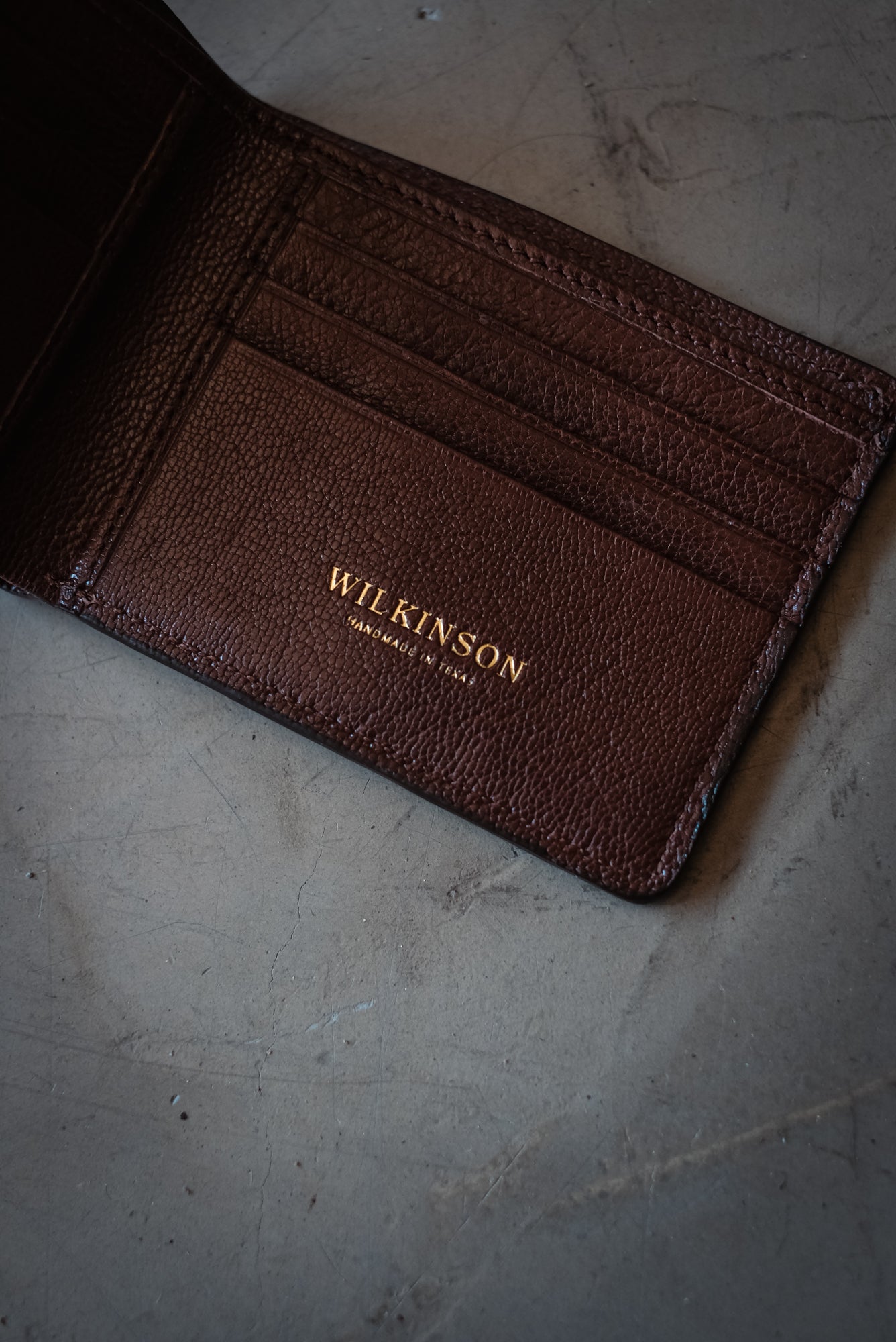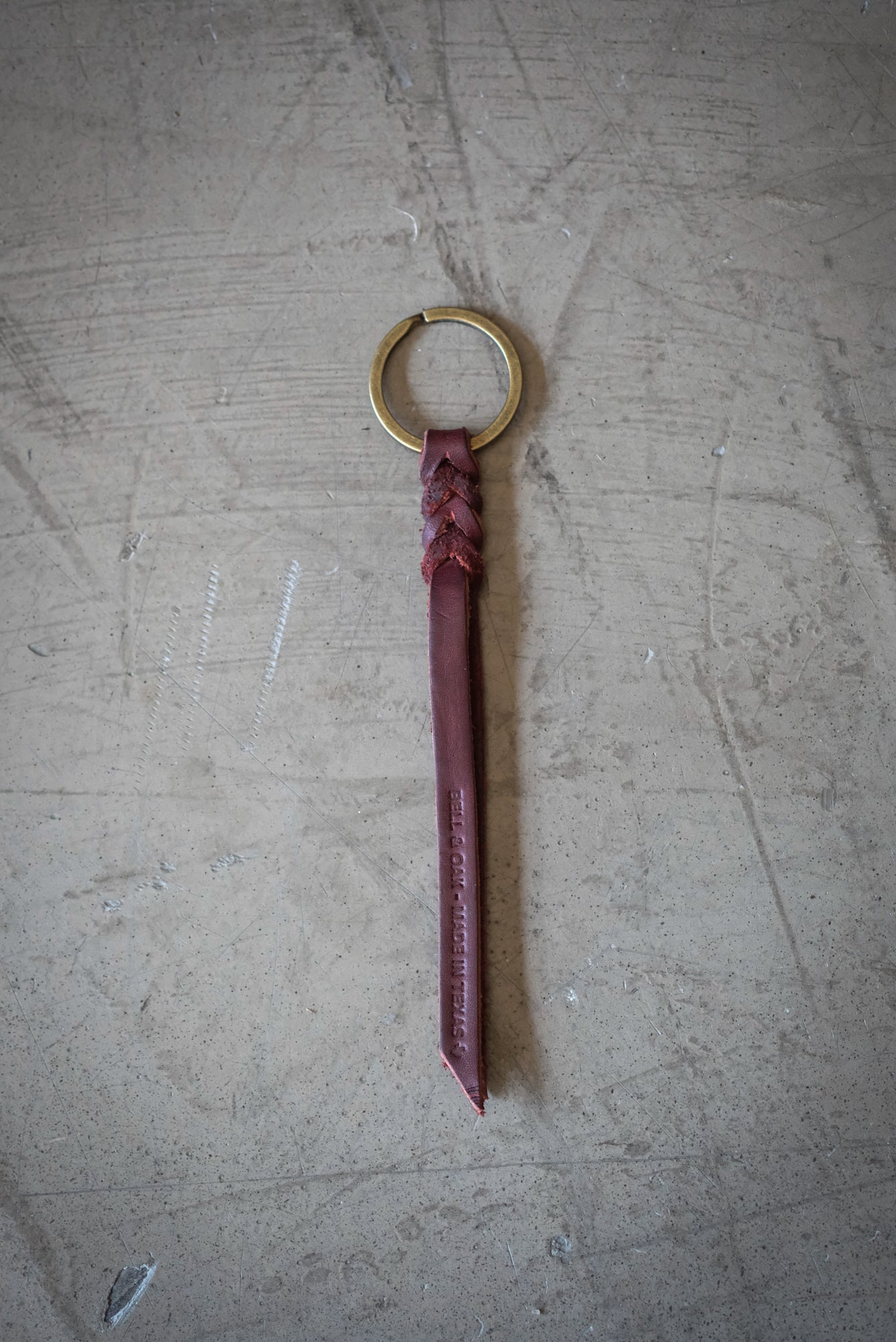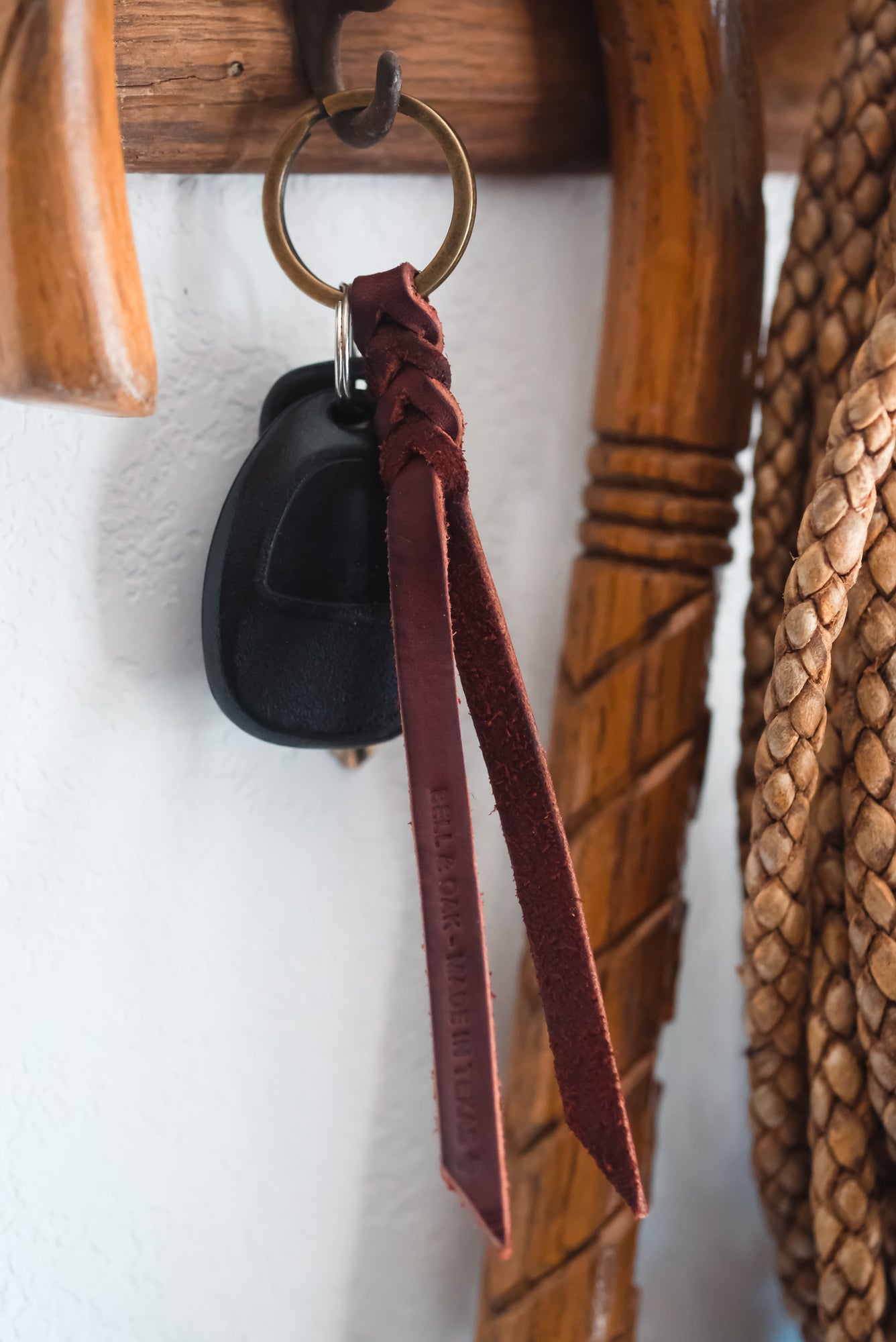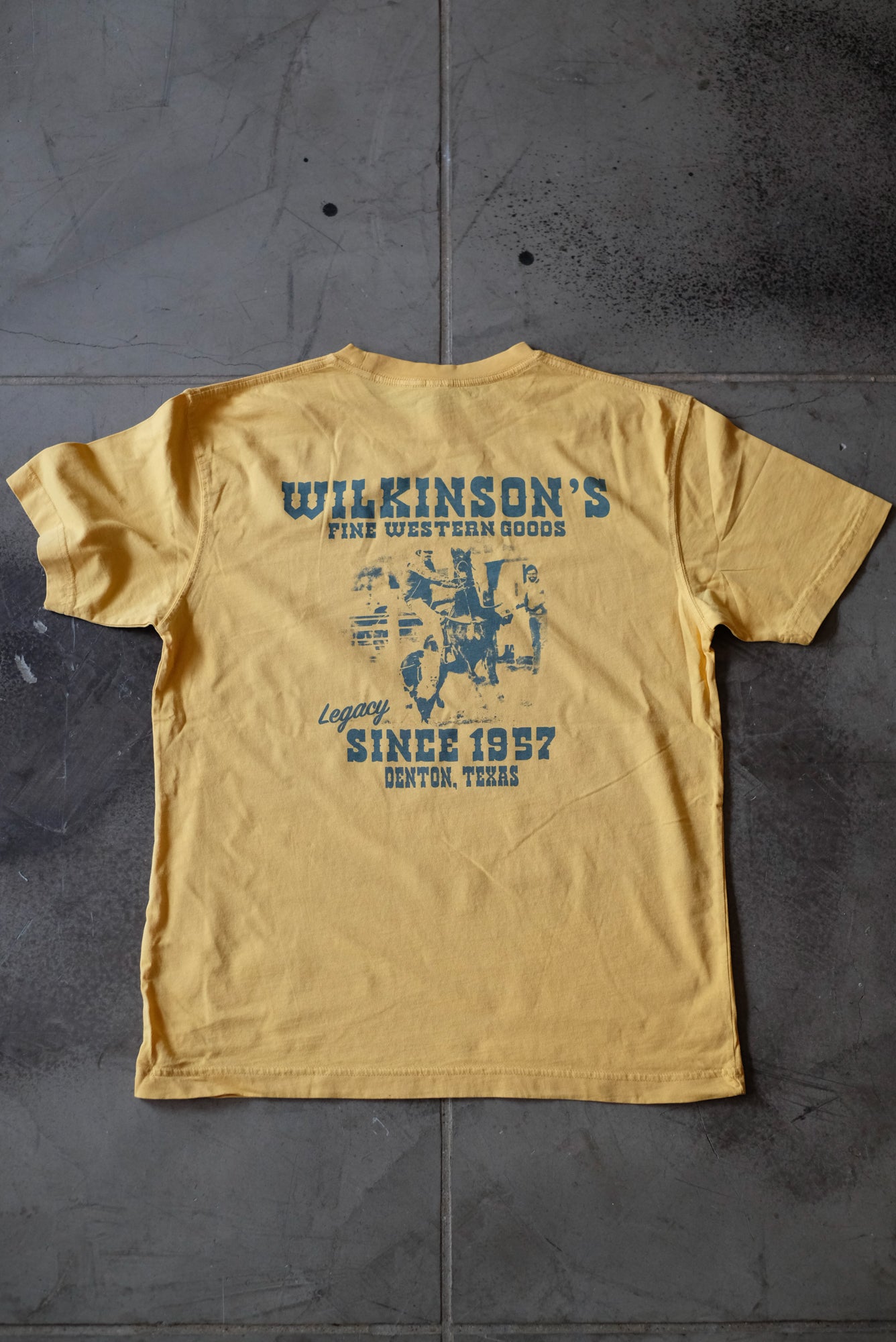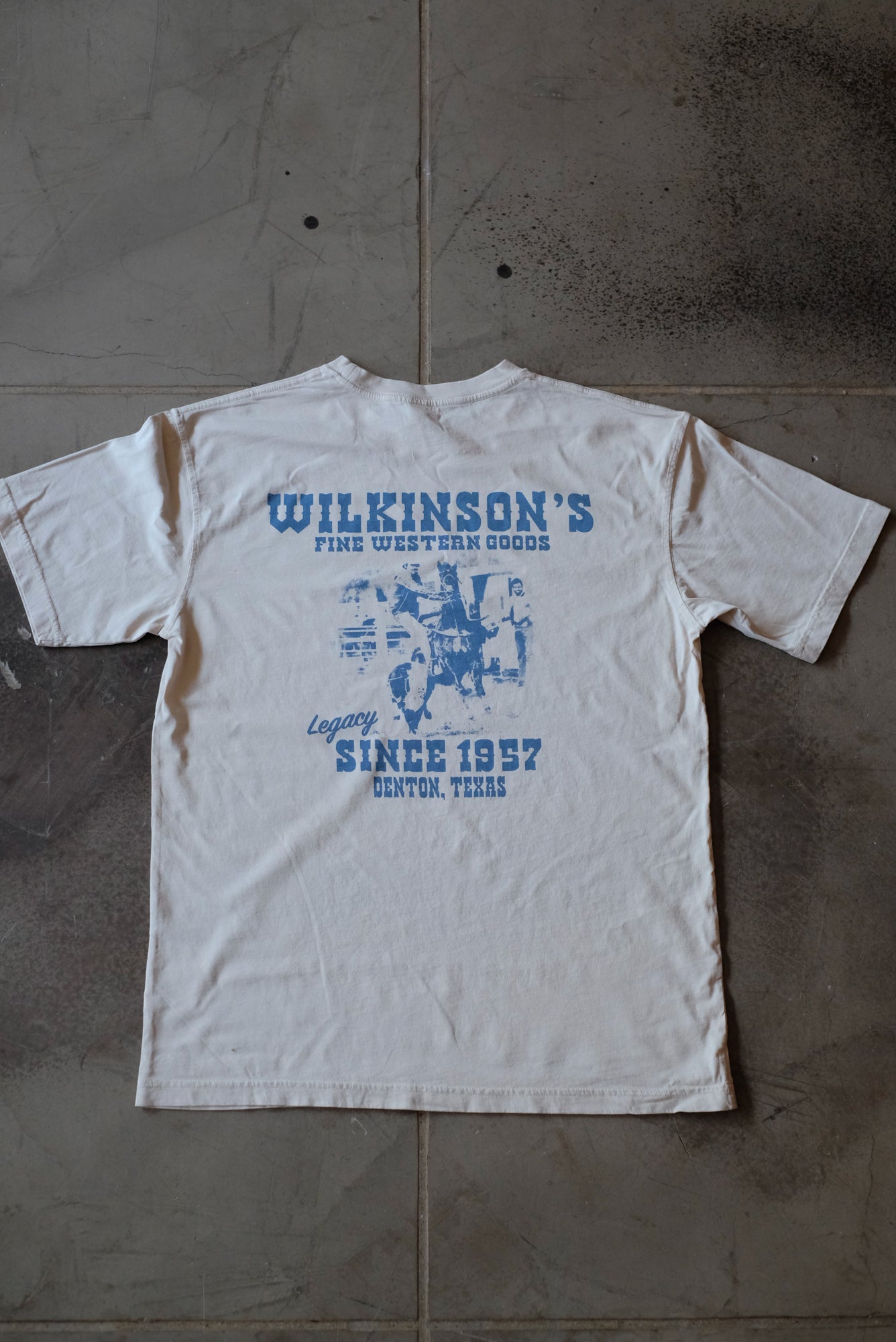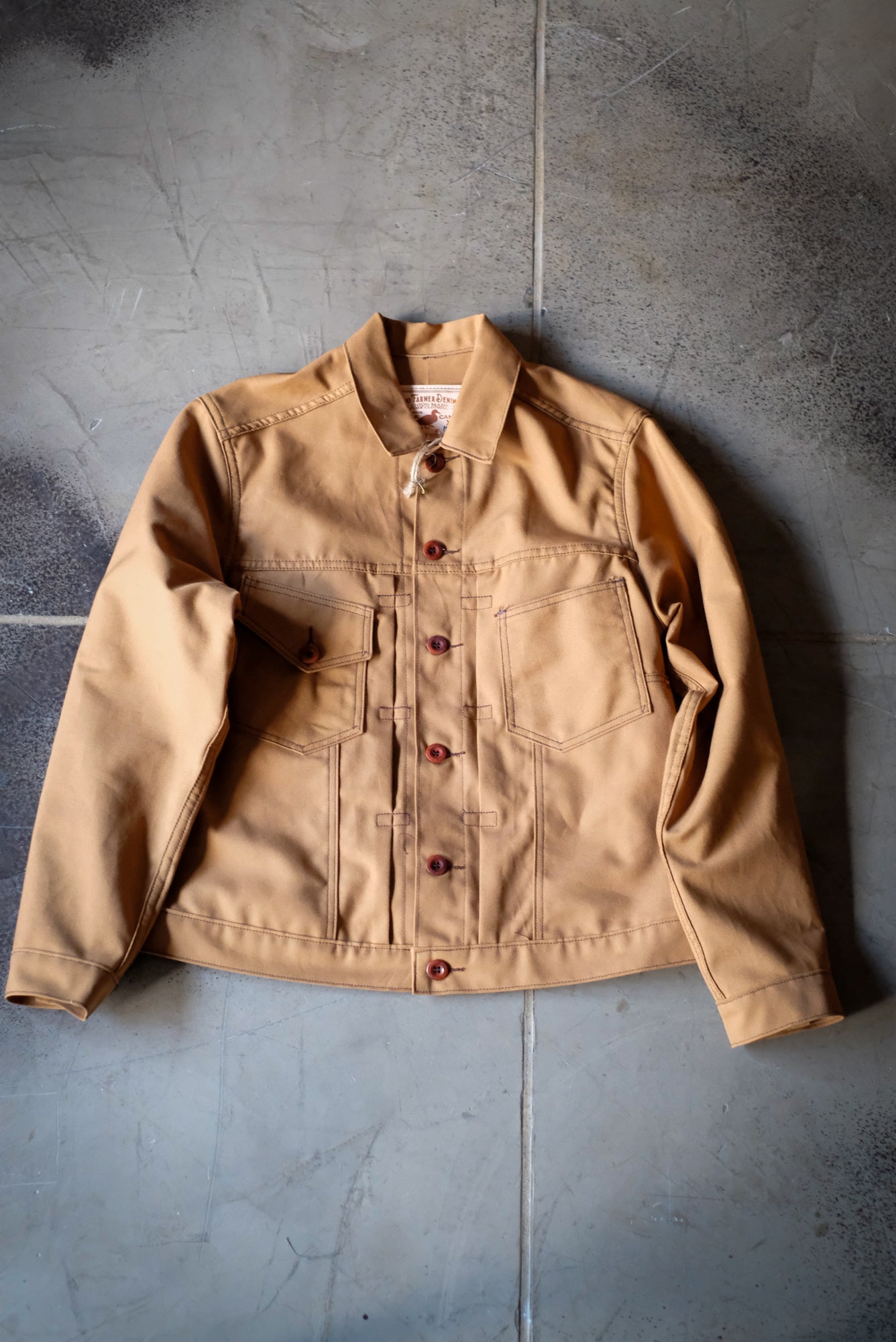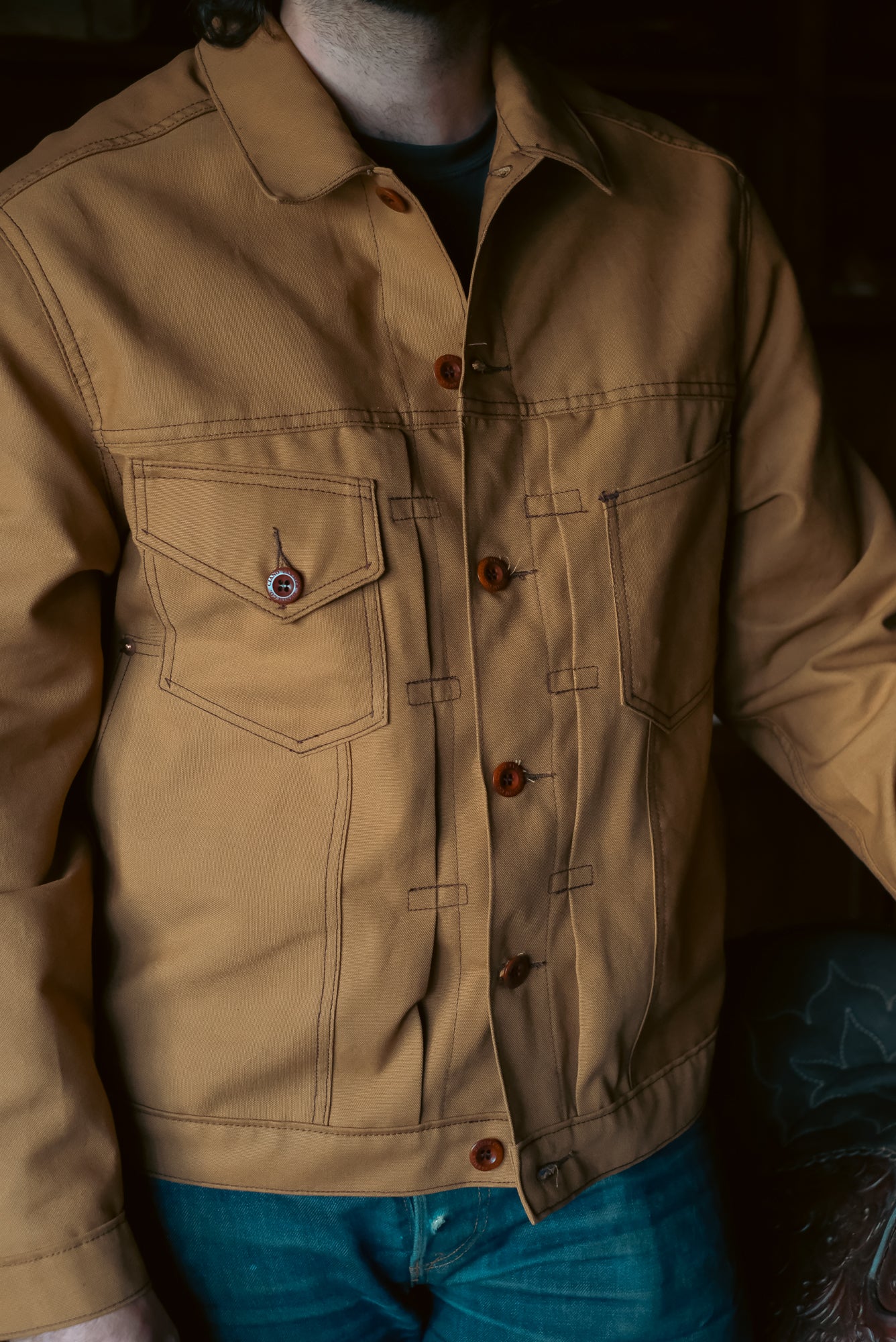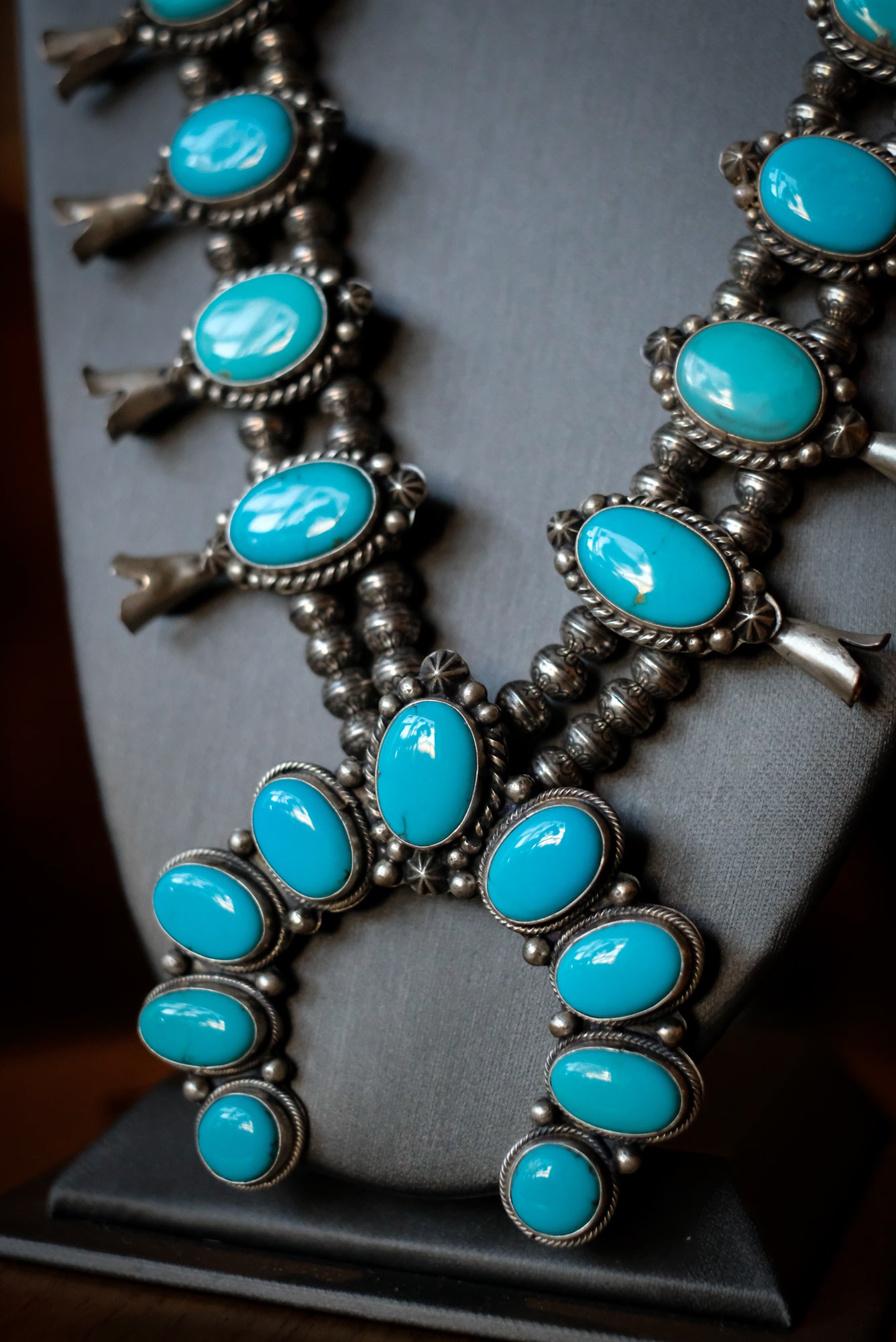Article: Raw Denim: Why You Need A Pair
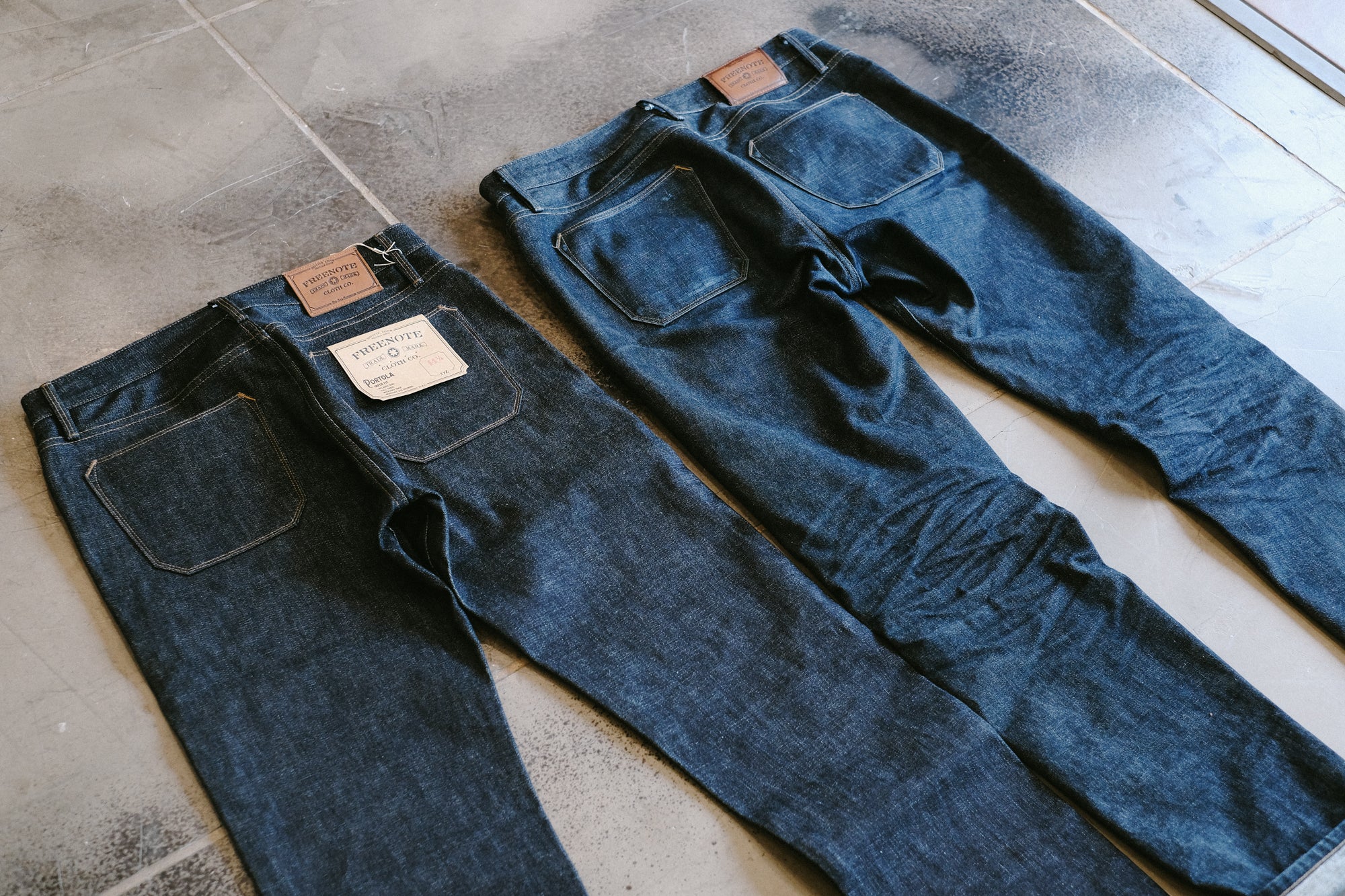
Raw Denim: Why You Need A Pair

We’ve been there. It’s frustrating spending your hard-earned money on things that don’t end up lasting. You’ve got your life, work, family, etc. You need tough goods that keep up with you and help you do what you need to do. Things that enhance your life.
Admittedly, the first thing I used to look at when browsing raw denim was the price. I believe this is common amongst most who have no idea why a pair of jeans cost that much. After all, they're just a pair of jeans, right? Well yes but, not just any pair of jeans, they're likely to become your favorite pair of jeans you've ever owned. Which is why there is a small niche of raw denim collectors out there that document each wash and how long they've owned a pair displaying their beautiful patina or as they say "fades".
What is Raw Denim?
Like most big denim brands that send their jeans through a process of washing/distressing before sending it to the pattern cutters, Raw denim hasn't experienced any washing or distressing. Raw denim is what it sounds like, denim in its raw form, dry & unwashed.
Raw denim comes right off the loom and made into a pair of jeans. It forms to the wearers body and produces unique creases/fades that are specific to that individual. Back in my grandfathers day, all denim was raw. When you hear the saying "they don't make em' like they used to", this applies to jeans of the modern era.
Selvedge Denim vs Raw Denim
Many people assume that raw denim and selvedge denim are the same but, this is false. Raw denim is denim in its pure state, no treatment or washing has been done to mimic fades/wear.
Selvedge denim is the technical term for the narrow, tightly woven self-finished edges. These edges are a product of the denim being woven on old-school shuttle looms. These create natural ends on each side of fabric preventing it from fraying or unraveling. A shuttle loom was designed for specifically for turning cotton into denim back in the day.
Selvedge ID - You'll be looking for it now


Ever wonder how you can tell if the denim you're about to purchase is selvedge? Well the truth is, most of the big box stores don't sell it and that goes for the big denim manufacturers as well. This snippet from ropedye.com explains it perfectly:
In denim, the selvedge is usually white and it often has a coloured thread in the middle, which was originally added to help manufacturers recognize the different fabrics that they were producing for different clients.
The Cone Mills White Oak factory in North Carolina started supplying fabric for the Levi’s 501 jeans in 1915. Around 1927, they incorporated a red thread in the selvedge of the “extra durable” XX-fabric. It made it easy for the mill to identify various rolls of fabric. It also had the added bonus of being recognized by the general public as a Levi’s pair of jeans; immediately associated with quality and durability.
Today, the red thread has become synonymous with selvedge fabric from any brand. A result in part to the dominance of Levi’s in the market the first half of the last century.
Fades


(Pictured Above) Left: Brand new pair - Right: 7 months daily wear with one wash
As a leather craftsman for many years, one of the things I hear most is how much customers enjoy watching their product patina with everyday use. When I make leather goods using my "natural" tooling leather, which is what saddles are made out of, they are essentially starting on the same as a person wanting a pair of Raw Denim jeans. After a few months use the leather turns from a pale tan to a caramel tan color. After a year it's starting to look like a medium brown worn in saddle.
The same applies with raw denim, the fades you get over time are completely unique to the wearer and they still feel brand new. That brings me to my last point. Have you ever noticed that after you wear denim from a big box store brand for just a few days, it feels really loose and baggy? So you feel like you need to wash them to regain some sort of tightness, only to be right back where you were in just a few days again! This does not happen with raw denim, it holds it's shape for months without feeling overly stiff. It's hard to describe until you finally pull the trigger on a pair.
Washing Instructions - This is important
Best practice for raw selvedge denim is to wear it as long as possible to break in before your first wash. Some people go a year, some go two months or so. The longer you wait the more contrast or "highs and lows" you will experience in your denim fades.
Soak the denim in the sink/tub in room temp water with a light detergent for 30 minutes, inside out and then rinse thoroughly. Flip right side out and hang to dry.
Eventually you can put them in the washing machine after a few hand washes and they will not bleed anymore. Always hang dry for longevity of the jeans.
Don’t be stuck
Many guys are frustrated by shopping these days. It’s hard to find essentials that both look amazing and last a long time. They find themselves in a cycle of quick-fix items that don’t last, that they don’t even love. We believe every person should have at least one pair of raw denim jeans in their closet. If taken care of, we have no doubt they will last a person their entire lifetime. Break that down into dollars and you've got yourself the best pair of jeans money can buy.
We're working on expanding our collection of raw denim with small brands still producing quality jeans. Don't see a fit you like? Send us message, we're here to help.


